It's OK to Cry
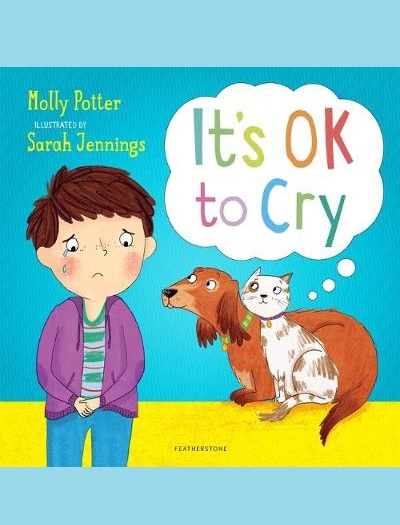
By Author / Illustrator
Molly Potter, Sarah Jennings
Genre
Mental Health & Wellbeing
Age range(s)
3+
Publisher
Bloomsbury Publishing PLC
ISBN
9781472942425
Format
Hardback
Published
11-06-2020
Synopsis
Young children can find it really frustrating when they are unable to explain what they are feeling and express their emotions. Cue: this book! Written with boys in mind because they are often encouraged to suppress their feelings, Molly Potter covers a whole range of emotions from those that are uncomfortable to happy feelings where you care about yourself and other people.
Perfect for starting those all-important conversations, It's OK to Cry includes colourful illustrations, child-friendly strategies and vocabulary for managing feelings, and helpful notes for parents, carers and practitioners.
Reviews
James
Ooh, now this is an interesting book. One which tackles an interesting subject that is almost a taboo for males to discuss. The author, Molly Potter, has written this book, It's OK to Cry, as a way to address the issue of boys being made to feel that it is not OK to show that they have negative emotions.
A picture book not necessarily for children to read for themselves, but more for adults to read with children. An absolute keeper though. A must-have for all primary classrooms and homes in which parents want their boys to be able to express how they are feeling in a calm and open manner. The book also explores the root cause of why boys feel like they cannot or should not express their feelings: images from the media, comics, cartoons, films, toys; the stereotypes are everywhere.
The points that the author is trying to make are always supported by diverse, inclusive, fun and friendly illustrations by Sarah Jennings. The book is broken into distinct chapters which contain so much valuable information and talking points without seeming text heavy which is a credit to the illustrator and how she portrays the emotions of the character in the book.
The talking points that this book brings makes it a perfect addition to the classroom. I will definitely be using this with my class next year. Teachers could create a whole PSHE scheme of learning around this book in conjunction with Molly Potter's What's Going On Inside My Head book as well.
I love how the author hits the nail on the head with the cartoon's dialogue when she provides examples of how adults can also inadvertently instill these 'macho' qualities in boys - 'Go on, don't be a sissy!' and 'Come on, crying is just for girls'. We have all heard it before and sometimes are even guilty of it ourselves.
It doesn't just address male stereotypes, the book also takes on feelings such as nervousness, jealousy, anxiety, stress, shame, just to name a few! I whole-heartedly recommend this book to anyone who looks after primary aged children, be it parents, carers or teachers.
Picture book / Ages 4+ / Reviewed by James Hewish, teacher
Suggested Reading Age 3+
Elen
Emotional literacy can have such a significant impact on a child's future, and particularly boys who are trained from an early age not to show their feelings - so it's good to see books like this that specifically address how we can support young children in understanding and expressing their feelings. The EYFS specifically requires children to be supported in personal, social and emotional development, specifically understanding and being able to talk about their feelings, which It's OK to Cry addresses.
It's OK to Cry by Molly Potter, well illustrated by Sarah Jennings, addresses how boys are encouraged to be tough - to cope alone in certain situations, or to take control of others for example, and reminds children - and the adults in their lives - that it's OK for them not to want to do these things, and to cry if they want to. The following pages take children through a range of different emotions they might feel - happy, sad, alone, angry etc - and explains that it's ok to have those feelings, but that we need to learn to recognise them and to understand what to do with those feelings when they occur, including talk about them.
There are also notes for parents and carers, supporting you in helping your child to express their feelings, for example by not using phrases like, 'Be a brave boy', and also to help children in developing strategies to cope with their feelings.
From the very simple way the pages are laid out to help children recognise and talk about their feelings, to the useful notes for adults at the end, this is an incredibly helpful book for adults and children alike that will hopefully help more boys avoid 'toxic masculinity' as they grow up.
32 pages / Reviewed by Elen Green
Suggested Reading Age 3+
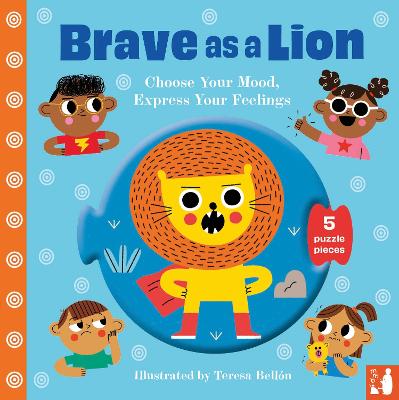 Brave as a Lion: A fun way to explore feelings with 2-5-year-olds through play
Brave as a Lion: A fun way to explore feelings with 2-5-year-olds through play
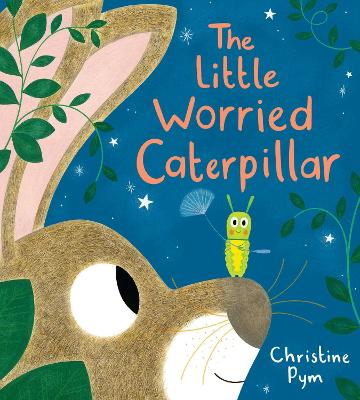 Little Worried Caterpillar (PB)
Little Worried Caterpillar (PB)
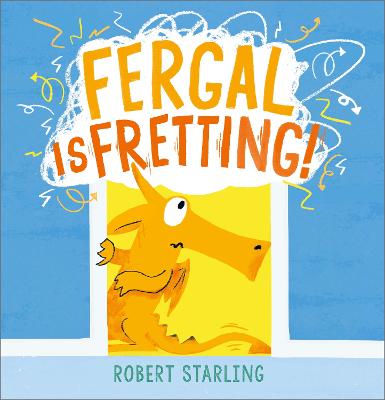 Fergal is Fretting!
Fergal is Fretting!
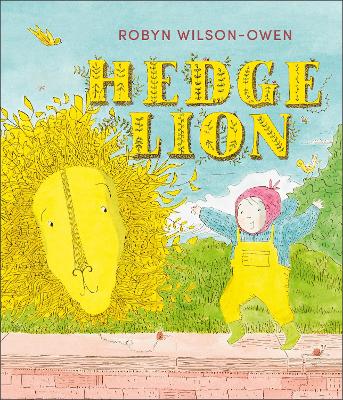 Hedge Lion
Hedge Lion
